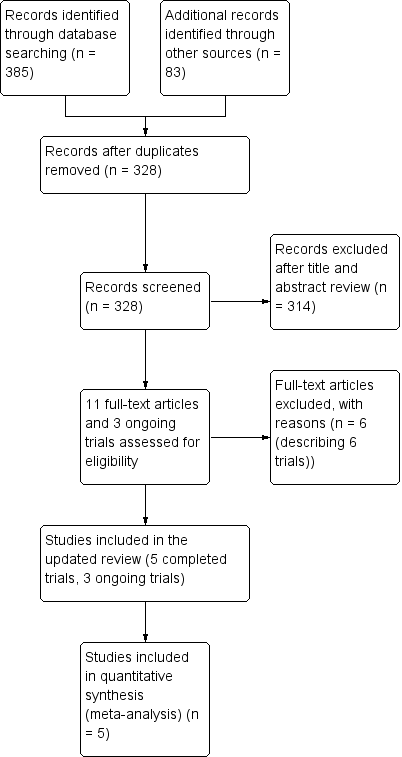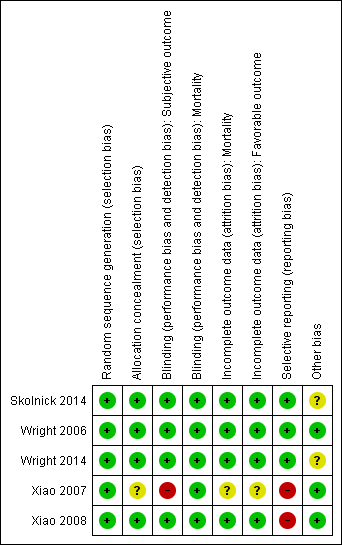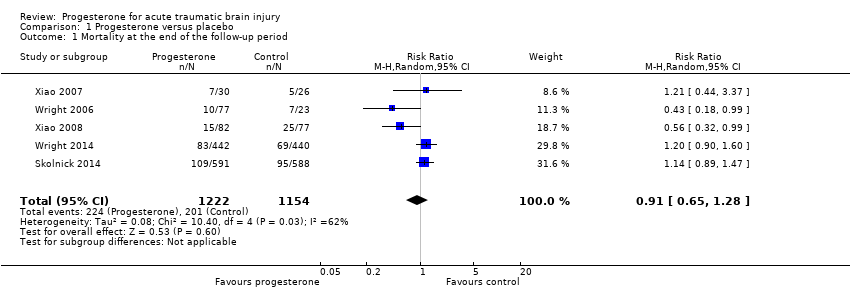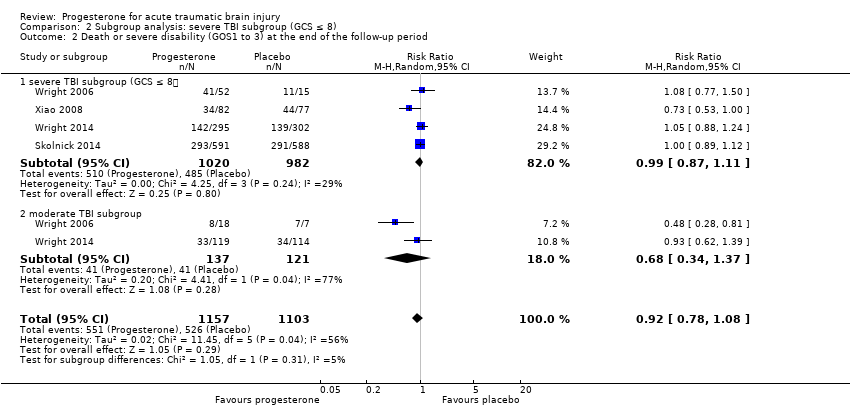Contenido relacionado
Revisiones y protocolos relacionados
Ian Roberts, Emma Sydenham | 12 diciembre 2012
Han Chen, Zhi Song, Jane A Dennis | 17 enero 2020
Michael H Bennett, Barbara Trytko, Benjamin Jonker | 12 diciembre 2012
Phil Alderson, Ian Roberts | 24 enero 2005
Ian Roberts | 26 julio 1999
Katharine Ker, Karen Blackhall | 23 enero 2008
Abel Wakai, Aileen McCabe, Ian Roberts, Gillian Schierhout | 5 agosto 2013
Carlos Martín‐Saboridoa, Jesús López‐Alcaldea, Agustín Ciapponi, Carlos Enrique Sánchez Martín, Elena Garcia Garcia, Gema Escobar Aguilar, Maria Carolina Palermo, Fernando G Baccaro | 22 noviembre 2019
Virginia Wong, Daniel KL Cheuk, Simon Lee, Vanessa Chu | 28 marzo 2013
Julia Langham, Caroline Goldfrad, Graham Teasdale, Donald Shaw, Kathy Rowan | 20 octubre 2003
Respuestas clínicas Cochrane
Jeremy Furyk | 26 abril 2017










